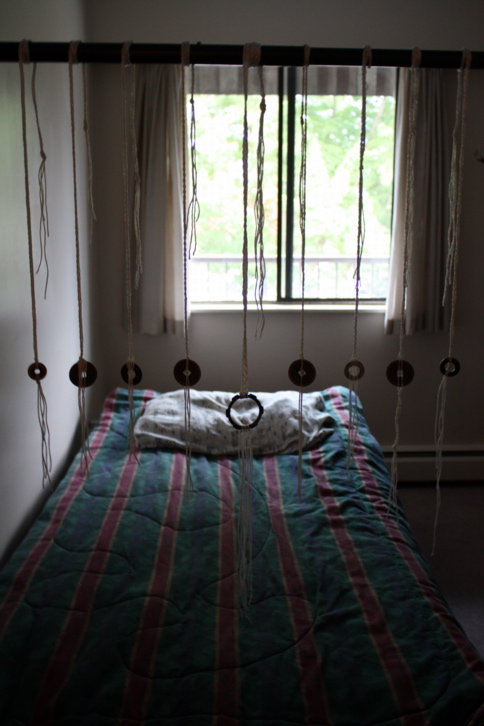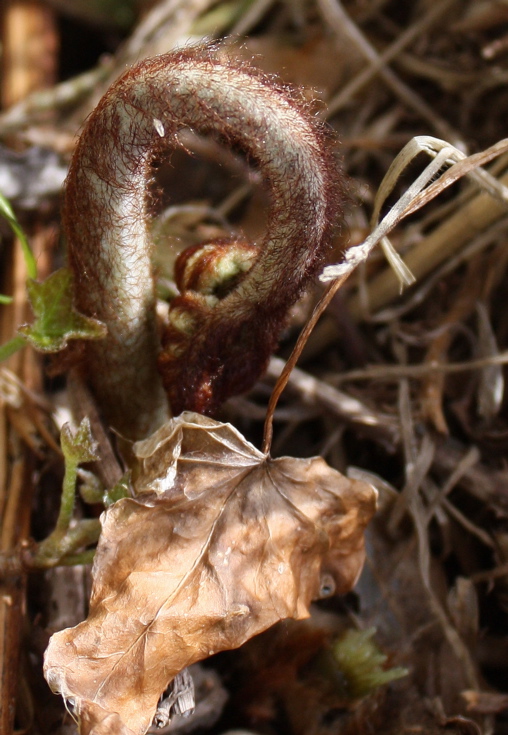 |
| A trio of large fudos await assignment by the woodstove |
Who is Fudo?
Fudo Myō-ō is a bodhisattva, sort of a cross between an angel and a saint. Standard Zen has it that there are real bodhisattvas, human beings who have attained enlightenment and go around helping others, and metaphorical ones, figures who never existed, but embody or symbolise certain spiritual principles. Fudo the Immovable is one of these. His Sanskrit name is Acala Vidyârâja, but I prefer to think of him as the Scottish Bodhisattva. He's that fierce, razor-sharp part of us that Hell can't break.
Fudo Bodhisattva has chained himself to a rock in the deepest pit of Hell, where he vows to stay until all sentient beings have been saved. He holds a sword of steel to cut through delusion and a coil of rope to bind the demons of despair. Fudo will remain on-post, enduring infinite torment, until the last soul makes it out. Then he will turn out the lights, lock the door, and Hell will be out of business.
What is a fudo?
The small-f fudo is a sanctuary object. It reminds us that we are not alone, that others are also looking for the way out, and that together we will find it. Fudos create mindful space. When one is hung on a tree, fence, or other structure, it alerts seekers that one of their own has passed that way, and the spot becomes a sanctuary, a place of rest and encouragement. Think of it as Kilroy for hermits.
 |
| Various small fudos on my cot |
it out. We all make it out. Fudo says so, chained to his rock, sneering at the Devil.
The knots recall Fudo's resolve. They attest to the effectiveness of practice, and counter the despair inspired by the demons of doubt.
The ring (typically a washer or similar hardware) recalls Fudo's sword, and is a universal symbol of unity, loyalty, and redemption. The more abused the ring, the stronger it is. I collect mine from junkyards, roadsides, and beaches, to ensure that everyone I give one to gets a full arsenal of arse-kicking contempt for their particular hell.
The three strands in the classic hundred-year fudo stand for the Three Treasures: the Truth, the Teacher, and the Nation of Seekers. It also comes in four-strand, for the Four Noble Truths. Hundred-year fudos are made of nylon seine twine, available from any hardware store and virtually indestructible. I weld the knots with clear nail polish, which fuses them together. Fact is, apart intentional destruction, a well-built hundred-year fudo may last a good deal longer than that.
There are other designs with large or fancy rings, manifold strands, and kumihimo cords. But all serve the same purpose, and have exactly the same value as the plain old hundred-year "washer on a string".
To date I've made over two hundred fudos. Some were big, complex, and colourful. Most were 3- and 4-strand hundred-years. Some I gave away: to friends in need, strangers in need, fellow seekers. The rest I hung in forests, deserts, parks, cemeteries, rest stops; on beaches, paths, roadsides, and islands; by rivers, highways, lakes, railways, Buddhist and Christian monasteries; in parking lots and hobo jungles and ghettos and factories and schools. And I've sent fistfuls off with others, to tag their own paths and homelands.
So if you see one of these, that's what it is: a high-five from us, Fudo's crew.
 |
| My nephew T-Bone ponders an 8-strander we hung in a swamp |















































